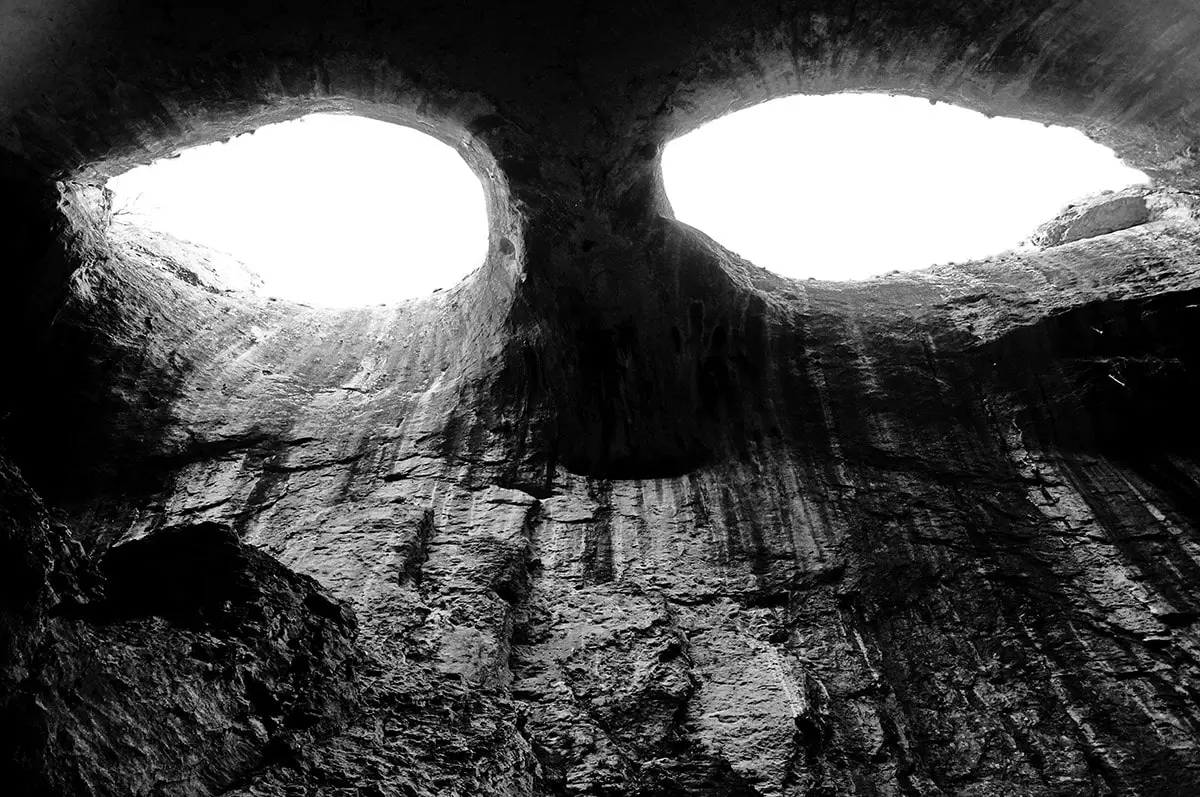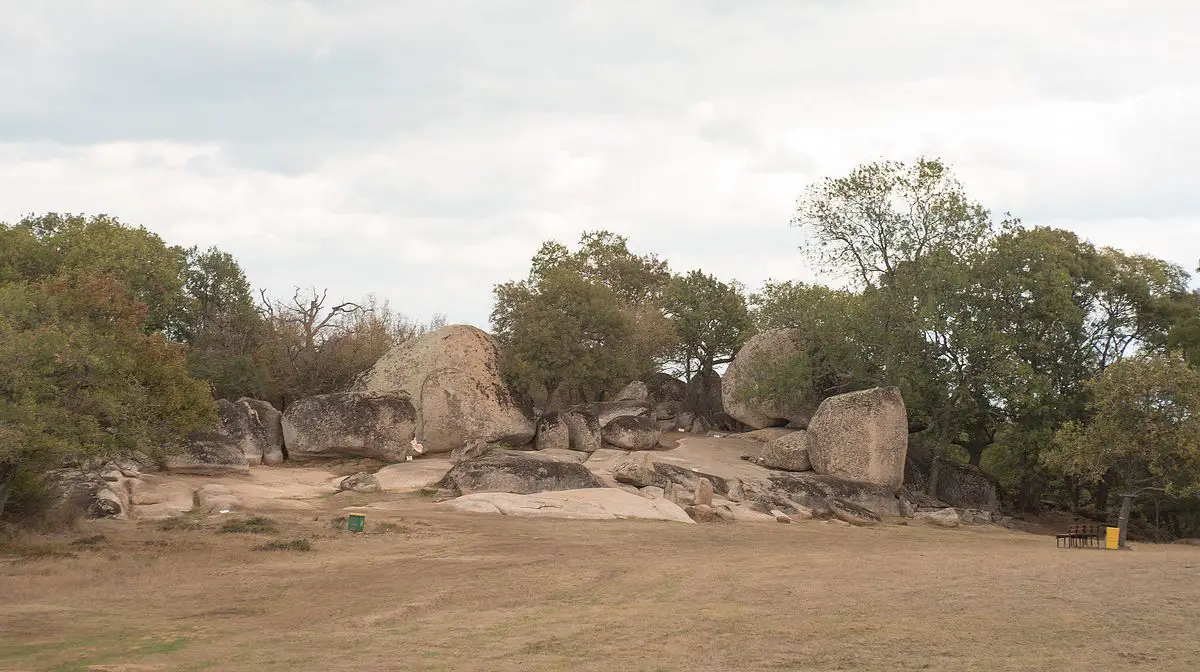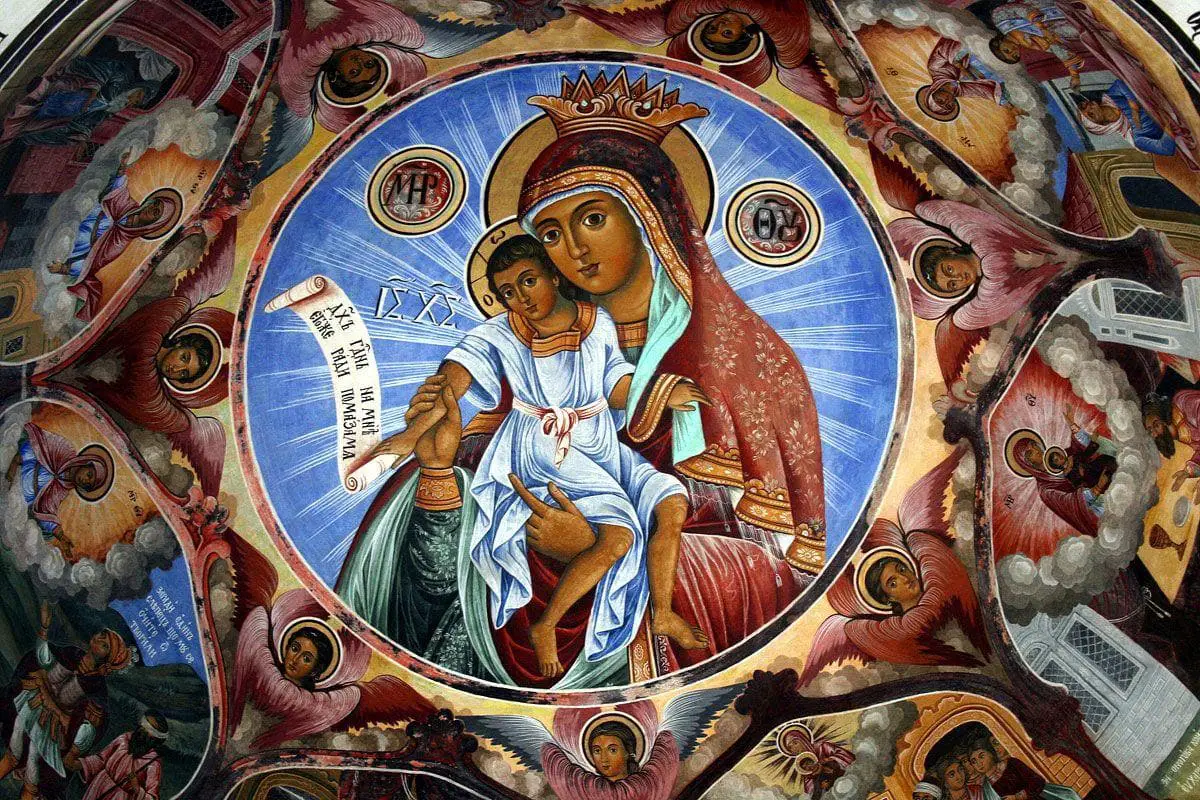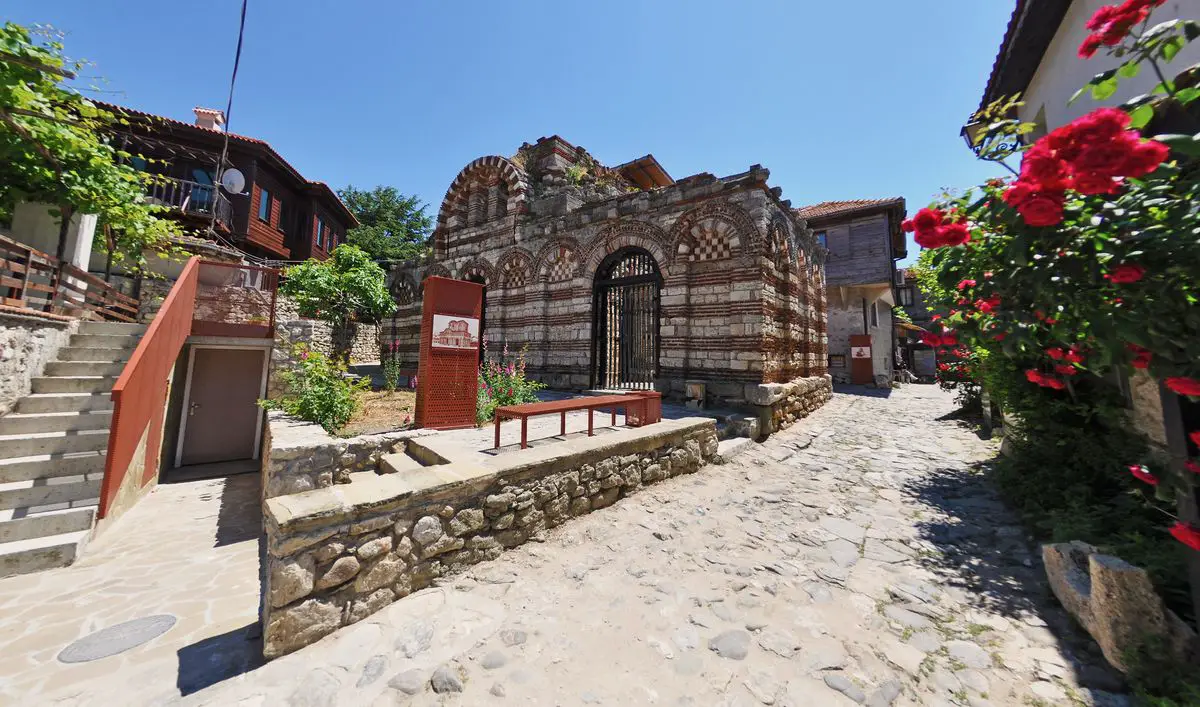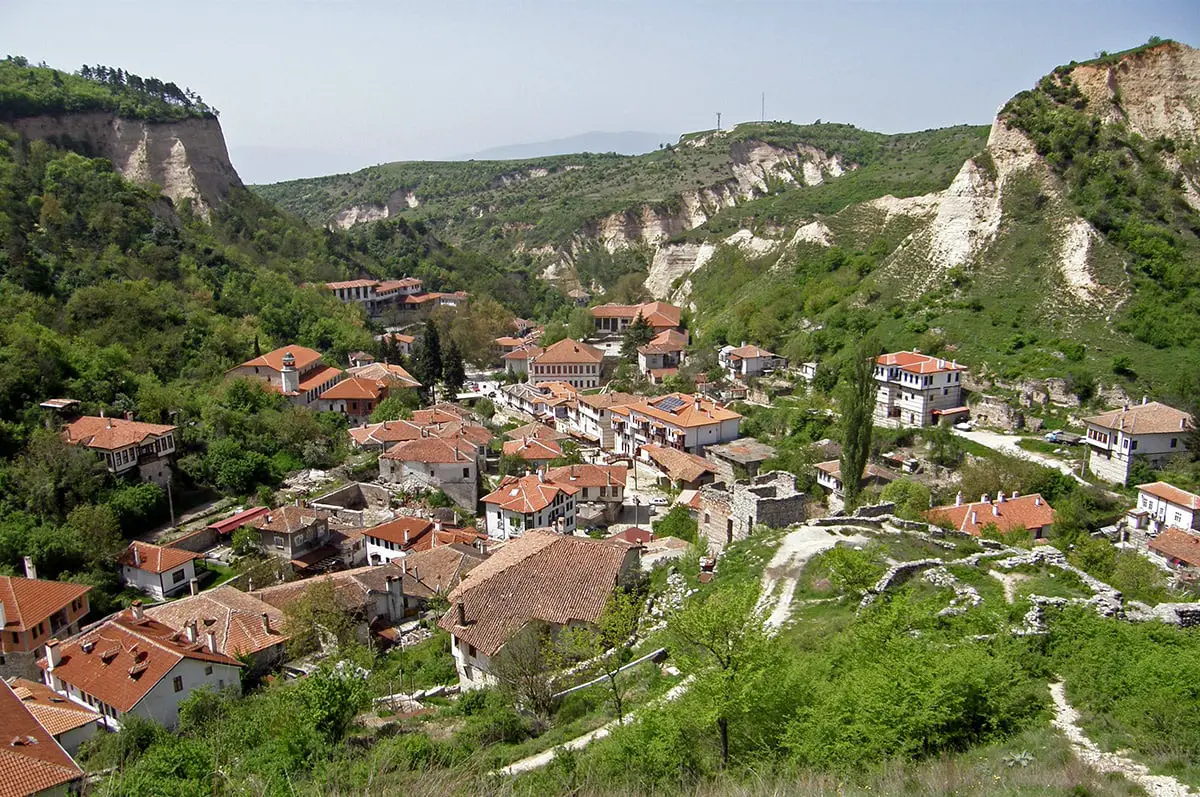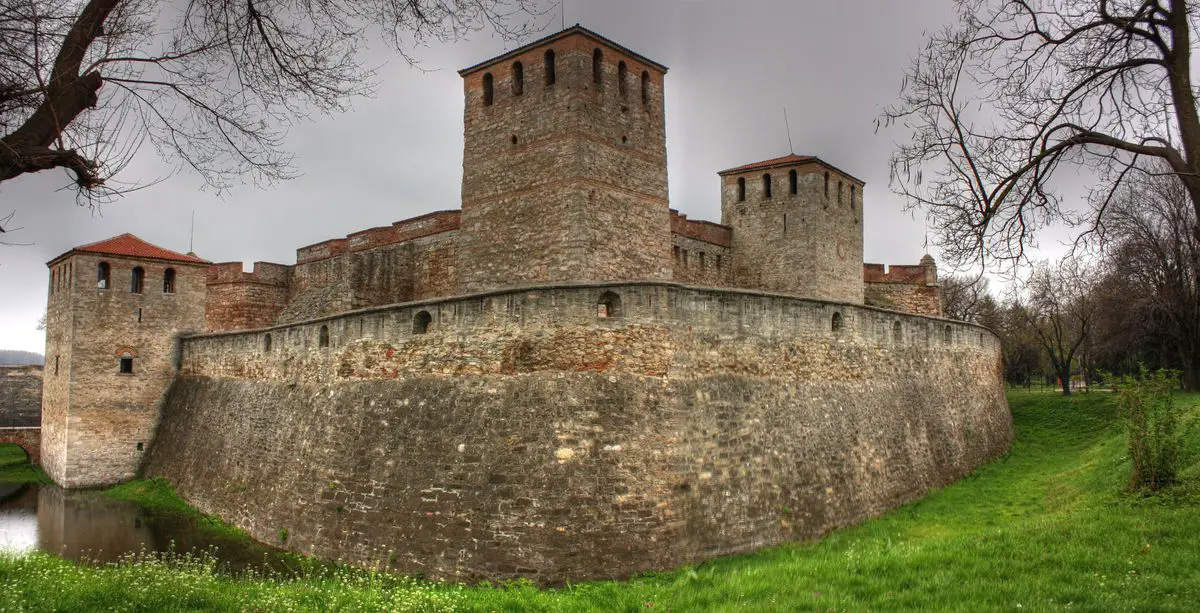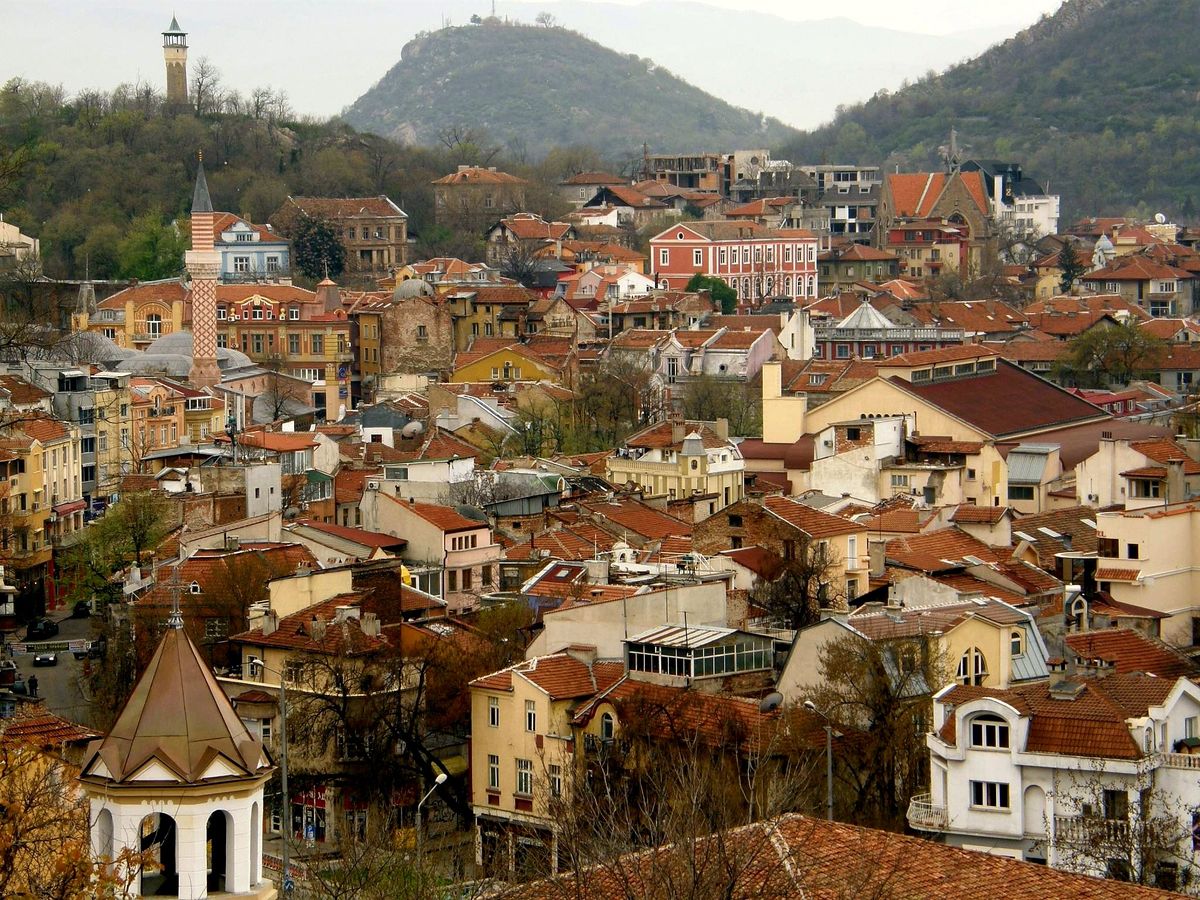Wondermondo 🢖 World 🢖 Wonders of Europe 🢖 Wonders of Bulgaria
Territory
Wonders of Bulgaria

 Highlights
Highlights
Quite a few of the many wonders of Bulgaria are without analogs in the world. The most interesting places here are:
- Thracian heritage. Although Bulgaria has interesting prehistoric, Roman and Byzantian heritage, some of the most interesting archaeological landmarks are remnants of the unusual Thracian culture. Unusual are Thracian shrines, such as the megalithic Beglik Tash and Tatul shrine, but outstanding monuments of art and architecture are the great Thracian tombs – such as Aleksandrovo Tomb, Kazanlak Tomb, and the unusual Sveshtari Tomb.
- Rock formations, especially natural arches. In Bulgaria are located such unsung "heroes" of Pinterest and Instagram as the fairy-tale rock formations in Devetashka Cave and “Eyes of God” in Prohodna but no less interesting are the weird Pobiti Kamani or Rititi cliffs.
- Christian monasteries. There are many monasteries around Bulgaria but some stand out as a real treasury of art and cultural values. Among the richest monasteries should be mentioned Bachkovo Monastery and Rila monastery.
Map with the described wonders
If you see this after your page is loaded completely, leafletJS files are missing.
 Top 25 wonders of Bulgaria
Top 25 wonders of Bulgaria
Geological wonders
Devetashka Cave
Lovech
Impressive cave with unusual entrance part: cave starts with several massive natural arches. The total length of the cave is 2,442 m. In the past this cave was used as a place of human settlement, there live also some 30,000 bats and other rare animals.
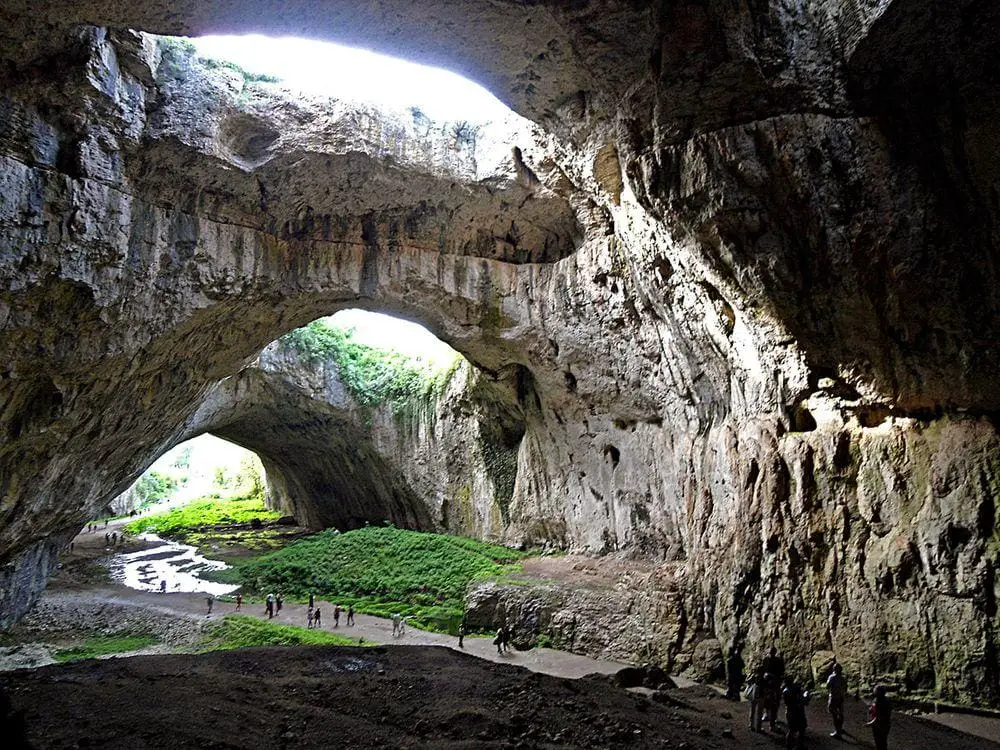
Magura Cave (Magoura Cave)
Vidin
Beautiful 2.5 km long cave with extensive cave rooms and many speleothems – stalactites, stalagmites. Here have been found remnants of extinct animals but the most important find is cave paintings from the late Neolithic, Eneolithic, and Bronze Ages. The oldest paintings are made in the 8th – 6th millennium BC. Drawings depict the sacred dance of women under the impact of hallucinogenic mushrooms, the oldest and most precise solar calendar in Europe, and many other paintings.
Marvelous Bridges
Smolyan
Two giant natural arches that have formed after the collapse of the cave roof. One is longer – 96 m long, and 15 m wide. 200 m below it comes to the next natural bridge – 60 m long, up to 50 m high. After this, the river goes underground and reappears after 3 km.
Prohodna
Lovech
Giant cave – 262 m long passage through the mountain that is world famous thanks to two openings in the ceiling – so-called "Eyes of God" or "Oknata". The largest entrance in the cave has a height of 42 – 45 meters.
Archaeological wonders
Belintash
Plovdiv
Picturesque rock plateau, purported site of the Thracian shrine. In the rocks is found a multitude of rock carvings, holes (some 300), and trails. Here is located also the “inscription of Belintash” – a group of petroglyphs of unknown age and origin that sometimes is considered to be Thracian writing in an alphabet that predates the Greek alphabet.
Plovdiv Roman theatre
Plovdiv
One of the best preserved ancient theatres in the world, built during the times of Emperor Trajan (98 – 117 AD). Theatre has a capacity for 5 – 7 thousand people and is used up to this day. Theatre was rediscovered only in the 1970ies, excavated and renovated.
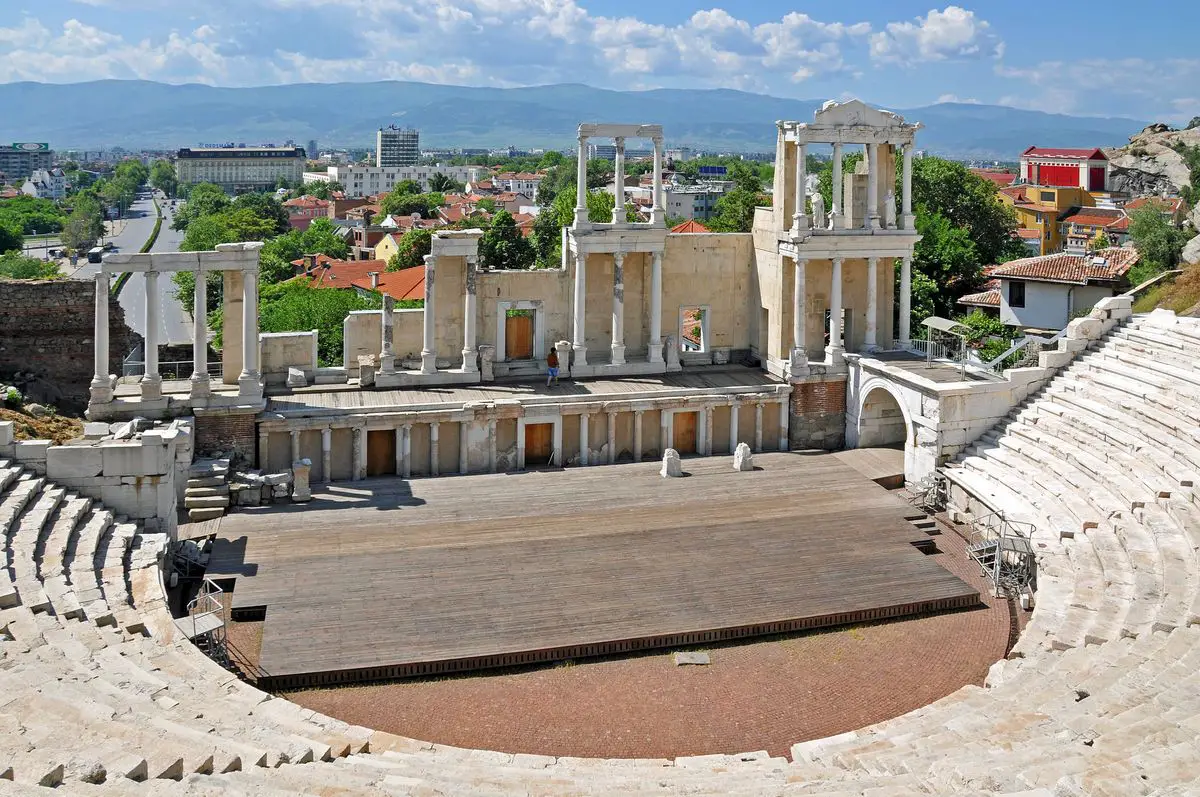
Plovdiv Roman Stadium
Plovdiv
An enormous structure that was built at the beginning of the 2nd century AD, some 240 m long and 50 m wide. It had enough seats for 30,000 spectators.
Silistra Roman Tomb
Silistra
A structure that was built in the middle of the 4th century AD in the Roman city of Durostorum. It is well preserved and the whole interior is adorned with Roman frescoes without the noticeable impact of Christianity.
Perperikon
Kardzhali
Ruins of a prehistoric, megalithic city. Most likely the development here started thanks to an important prehistoric shrine, this site was the possible location of the Temple of Dionysius. Construction started around 5000 BC. Around Roman times there was built a massive palace with several stories and massive fortification walls with up to 2.8 m thick walls. Ruins of an ancient church, built around the end of the 4th – early 5th century.
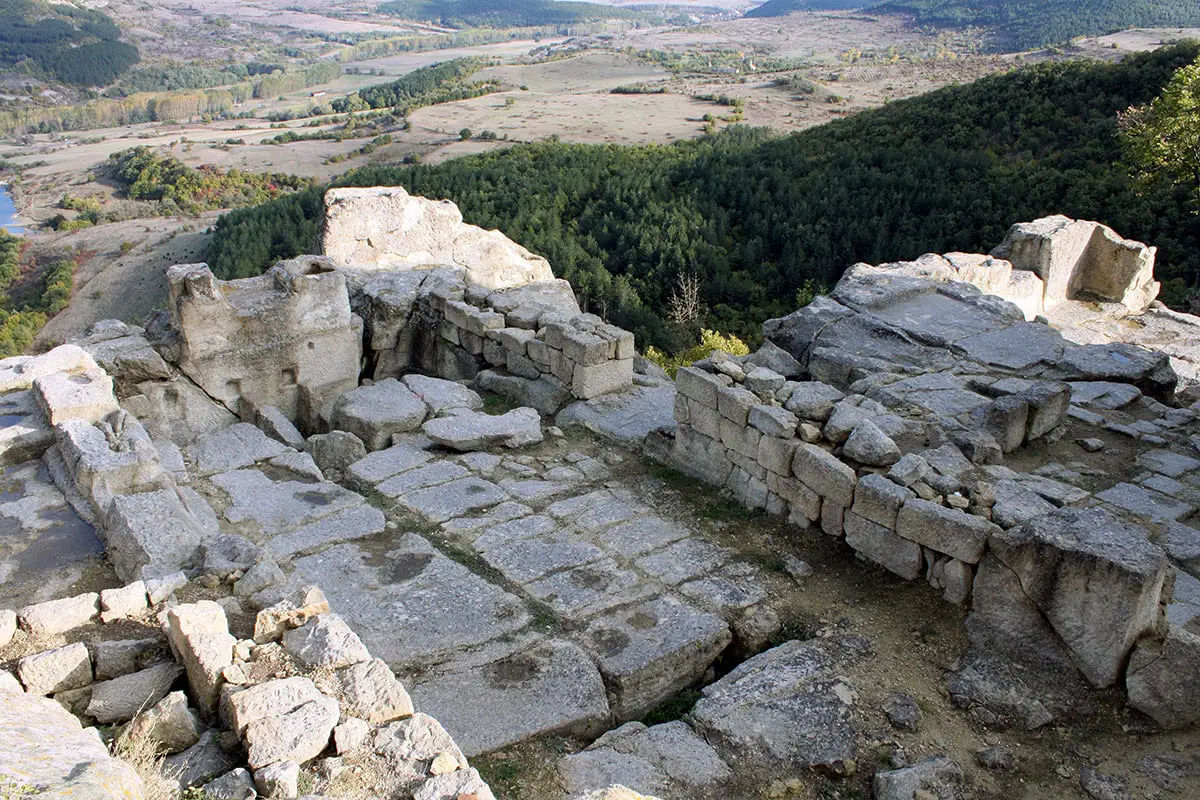
Beglik Tash
Burgas
An unusual megalithic shrine that was built by use of natural rock formations and man-made megalithic structures. This is considered to be a Thracian shrine that was in use from the 14th century BC to the 6th century AD.
Solnitsata
Varna
One of the oldest cities in the world and most likely – the oldest in Europe. This small city flourished around 4700 – 4200 BC. Developed around salt mines and had some 350 inhabitants.
Architecture wonders
Rila Monastery
Kyustendil
The largest monastery in Bulgaria, founded in the 10th century, spiritual and cultural center of the Bulgarian nation in medieval times. Rebuilt several times. Includes numerous interesting structures such as Hrelyo Tower (1335) – a fortified tower house, the oldest structure in the monastery.
Zheravna
Sliven
Well preserved, authentic ethnographical village with more than 200 wooden houses (18th – 19th century) and cobblestone streets.
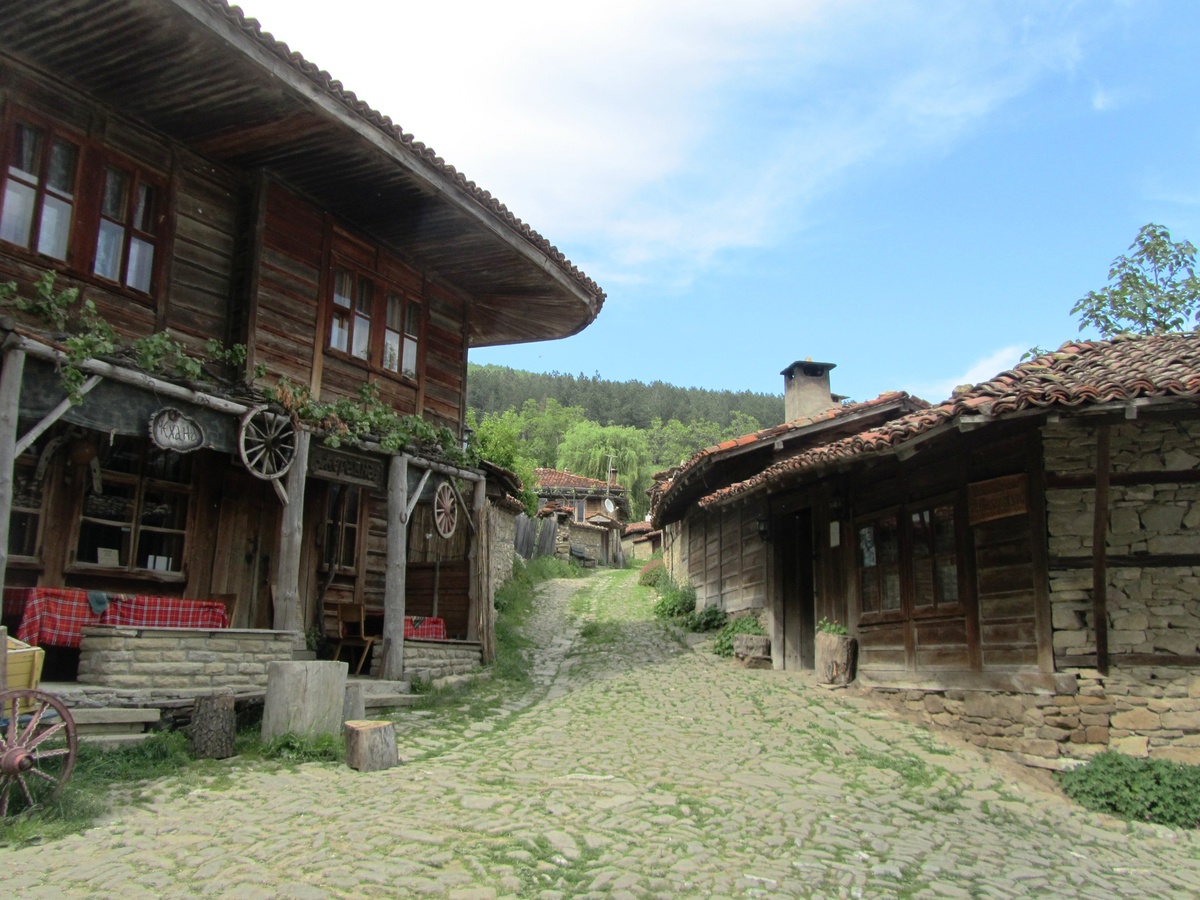
Boyana Church
Sofia City
A medieval church that was built in the late 10th – 13th century. The interior of the church is adorned with numerous frescoes and especially valuable are the frescoes made in 1259 – this group of paintings is one of the most impressive pieces of medieval art in this part of Europe.
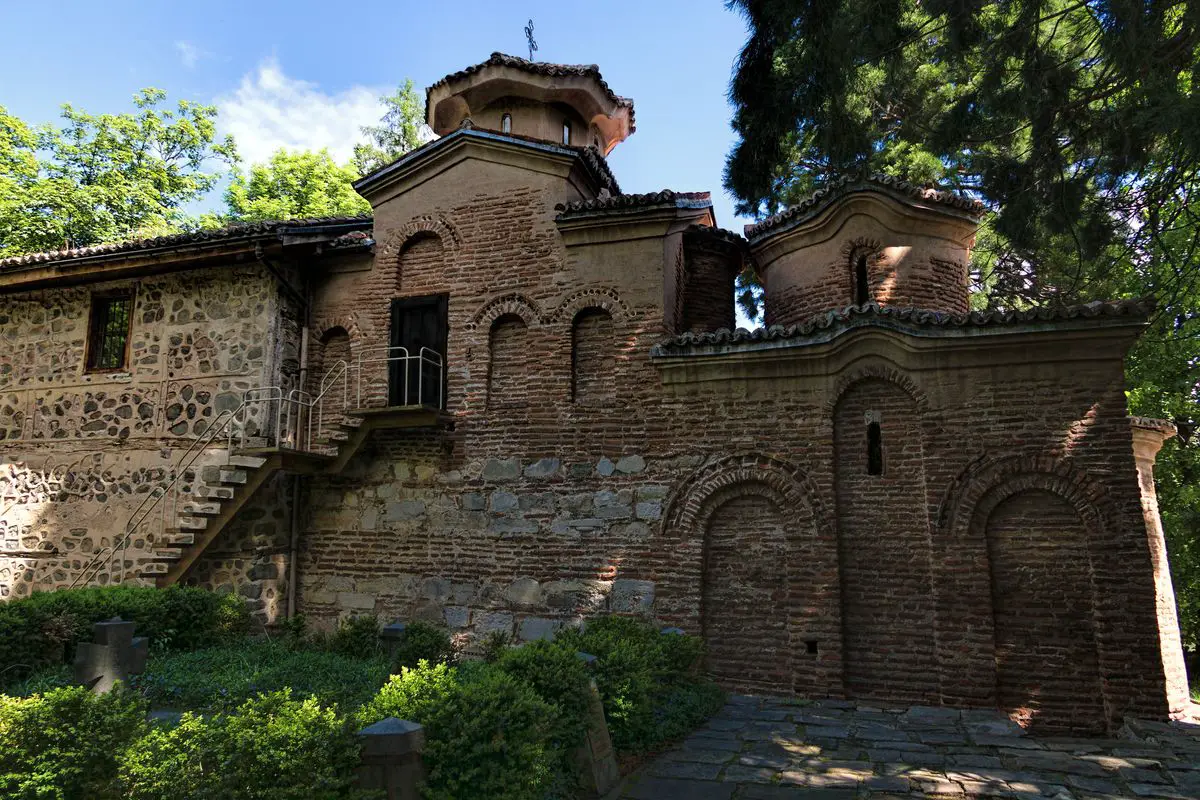
Rock-hewn Churches of Ivanovo
Ruse
Group of some 350 rock-hewn structures – churches, monasteries, chapels. Developed since the 13th century, contains well-preserved medieval frescoes.
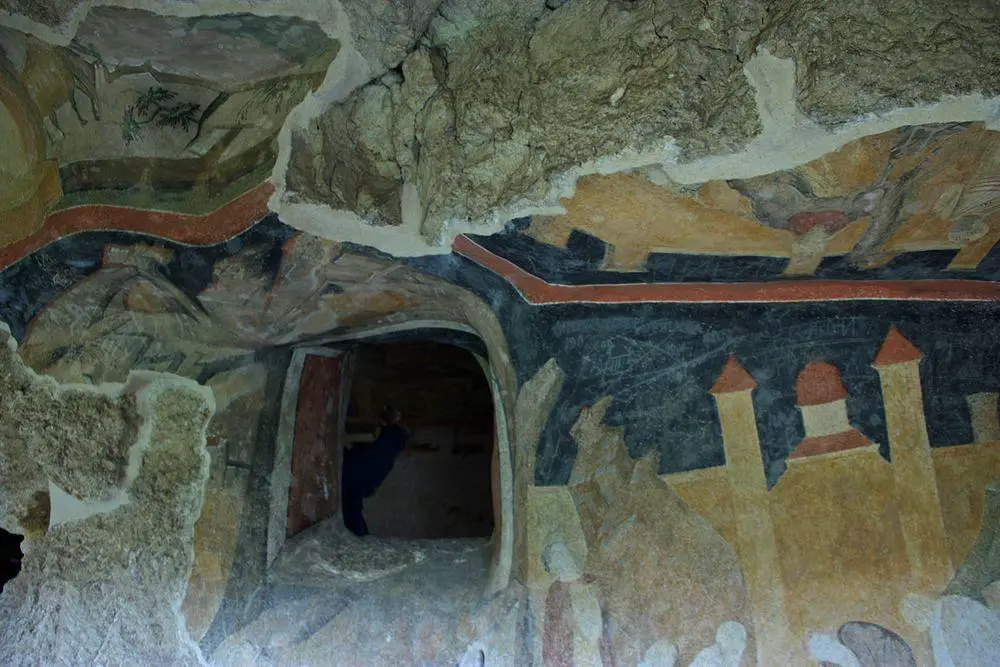
Bachkovo Monastery (Petritsoni monastery)
Plovdiv
An important site for Bulgarian, Georgian, and Armenian cultures, established in 1083. Contains valuable frescoes and other art values of high importance. Interesting is the "Panorama" mural that represents the history of the Bachkovo monastery.
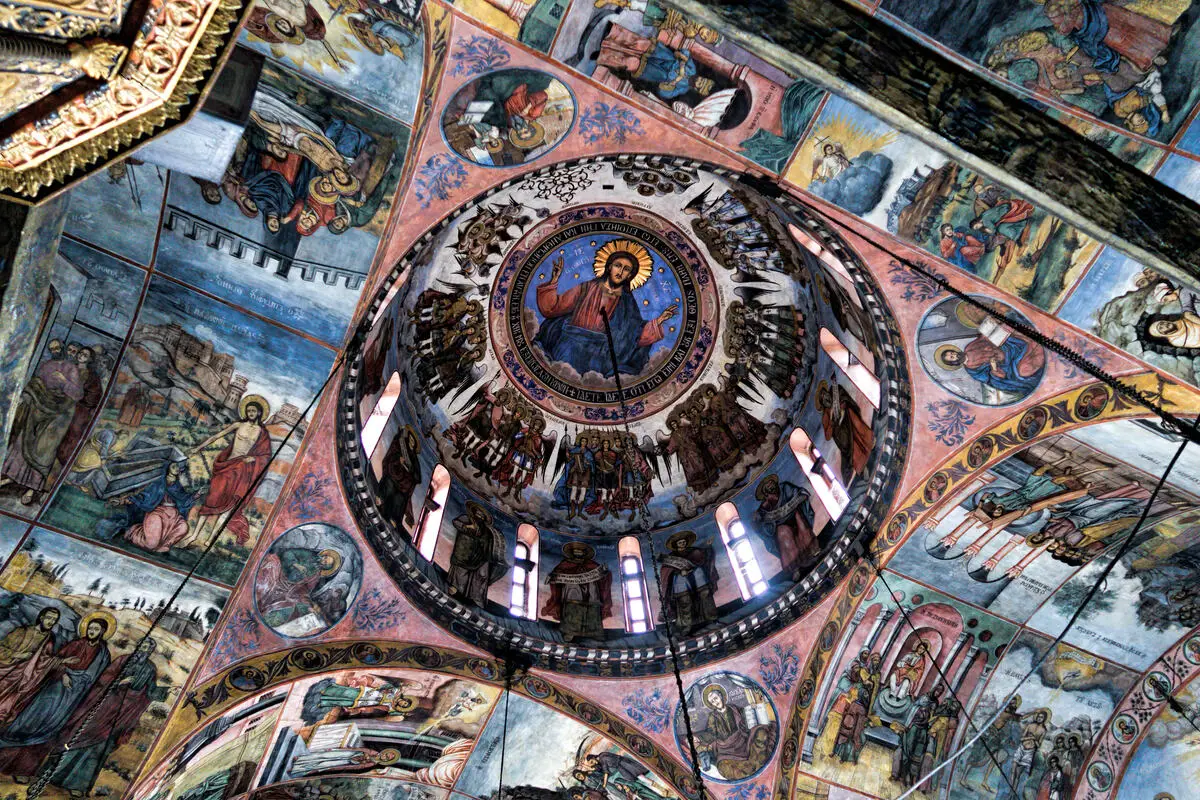
Nessebar Old City
Burgas
A well-preserved, ancient town on a small peninsula of the Black Sea. First built as a Thracian settlement, a Greek colony since the 6th century BC. Old town to a large extent has preserved its medieval feel, with the oldest structures from the times of Ancient Greece and Byzantine Empire and traditional wooden houses from the 19th century. In the small city are 40 churches, most of them very old.
St. George Church in Sofia
Sofia City
One of the oldest churches in this part of Europe, constructed in the 4th century by the Romans. The central dome is adorned with very old frescoes from the 10th – 14th centuries. Around the building have been preserved elements of the ancient Roman city – streets, drainage, and remnants of some other buildings.
Melnik
Blagoevgrad
The smallest city in Bulgaria with 385 inhabitants. Most buildings in the city are monuments of architecture, including some very old residential buildings from the 12th – 13th century, the ornate Kordopulov House with its extensive wine cellars (1754), and other interesting structures.
Tsarevets
Veliko Tarnovo
An enormous system of fortifications, the most important fortress of the Second Bulgarian Empire in the time period between 1185 and 1393. The entire mountaintop is surrounded by massive walls that enclose the castle and church.
Shiroka Laka
Smolyan
A picturesque village in mountains with the characteristic architecture of Rhodopi. Villagers have preserved many historical traditions.
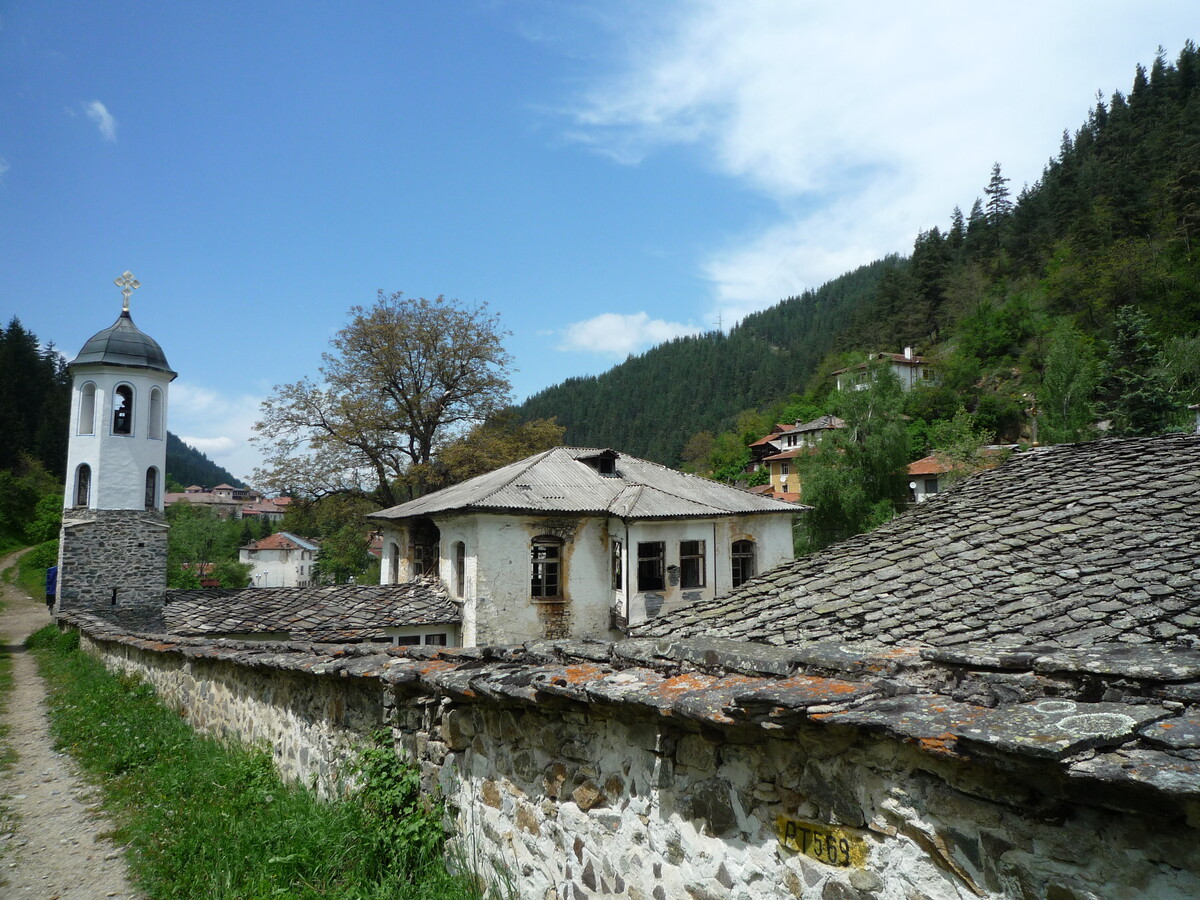
Baba Vida
Vidin
Impressive and well-preserved medieval fortress with two concentric curtain walls and some 9 towers. Construction started in the 10th century, the fortress was rebuilt in the 14th century.
Plovdiv Old City
Plovdiv
Extensive historical city with narrow streets and numerous buildings in the beautiful Bulgarian Renaissance style.
Koprivshtitsa
Sofia province
This town is very rich with authentic historical architecture – hundreds of ornate houses that were built in the 19th century in the Bulgarian National Revival style.
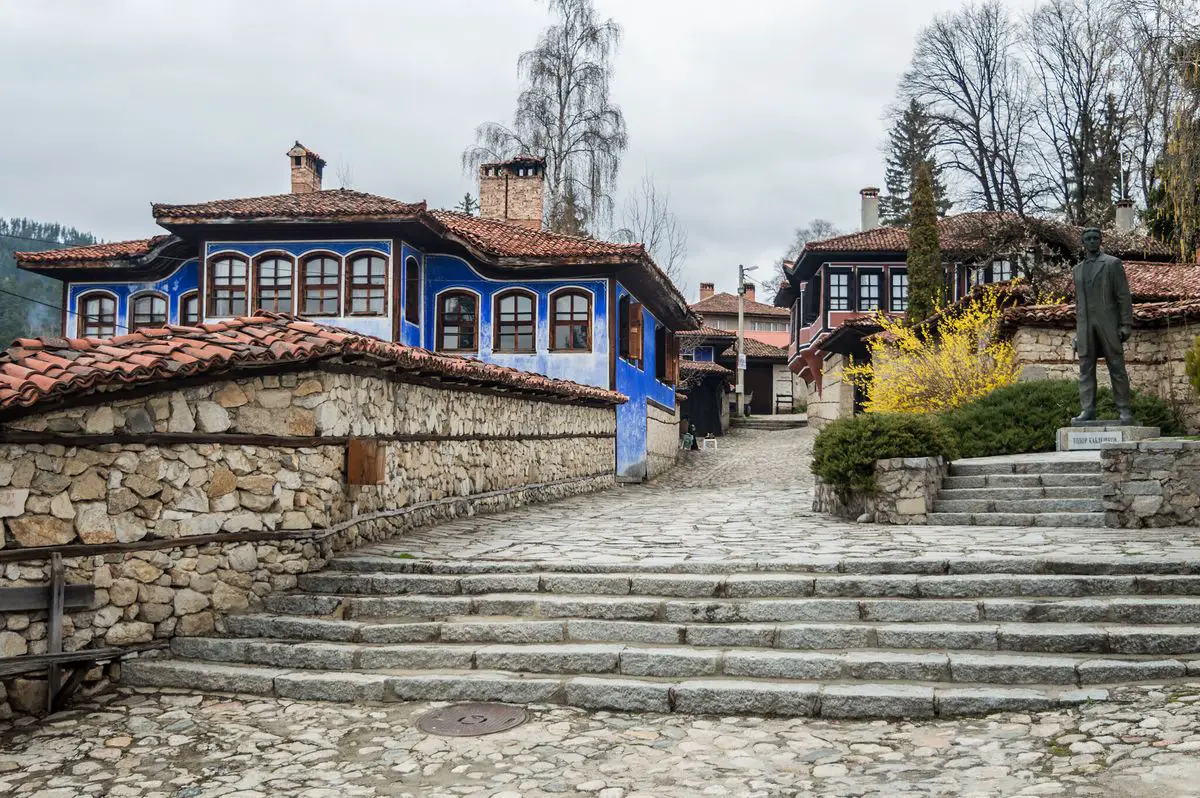
Belogradchik Fortress
Vidin
An impressive fortress in a beautiful mountain setting. The first walls were built already in the times of the Romans and extended in the 14th century. The fortress is surrounded by strangely shaped rocks.
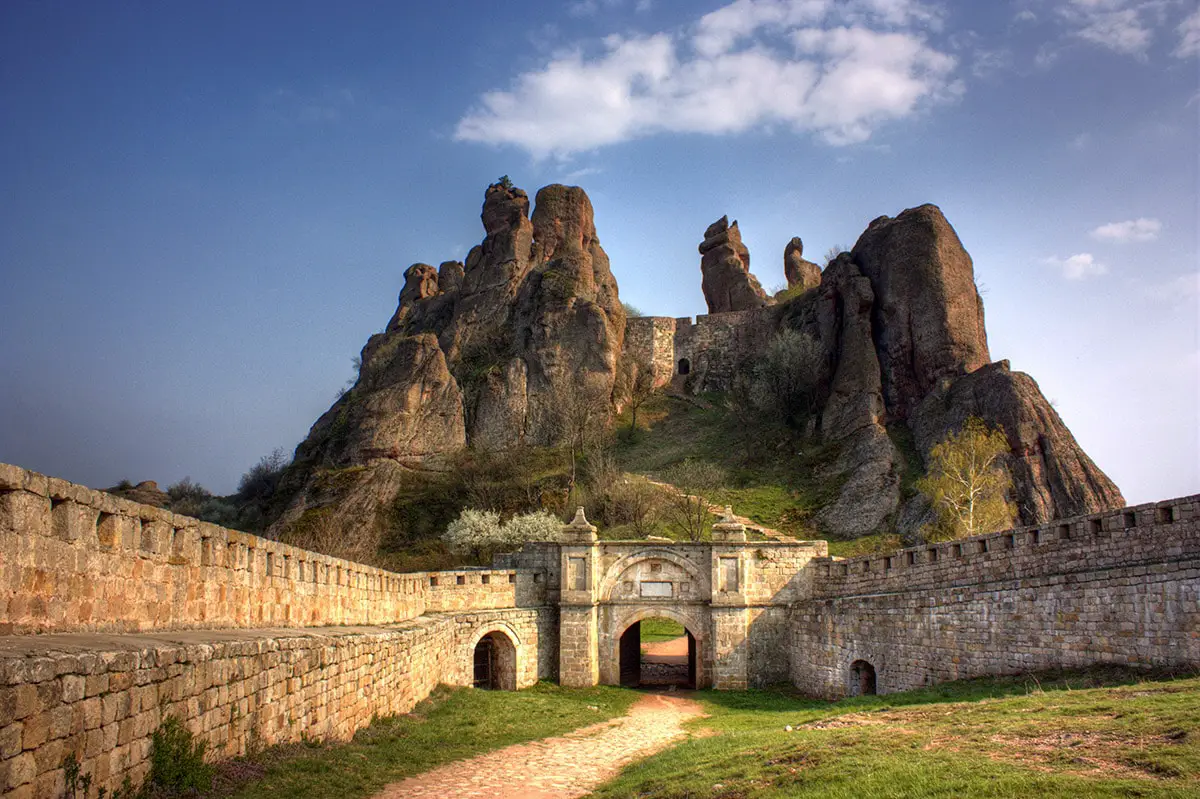
 Recommended books
Recommended books
Bulgaria – Culture Smart!: The Essential Guide to Customs & Culture
Bulgaria, situated in southeastern Europe on the Black Sea, is one of Europe’s best-hidden secrets. A haven for nature and history buffs, this beautiful sunny country welcomes the traveler with bread and salt, a red rose, and a wooden vessel full of sparkling wine. These three emblems of ancient treasures, rose oil, and natural beauty symbolize its distinctive culture.
DK Eyewitness Travel Guide: Bulgaria
The lavishly illustrated DK Eyewitness Travel Guide: Bulgaria is all you need to visit this surprisingly undiscovered country rich in natural resources, history, and culture. Soak up the many flavors of Bulgaria region by region, from Bulgaria’s capital, Sofia, to the ancient countryside villages of Koprivshtitsa and Veliko Turnovo. Sights, beaches, markets, and festivals are listed town by town.

